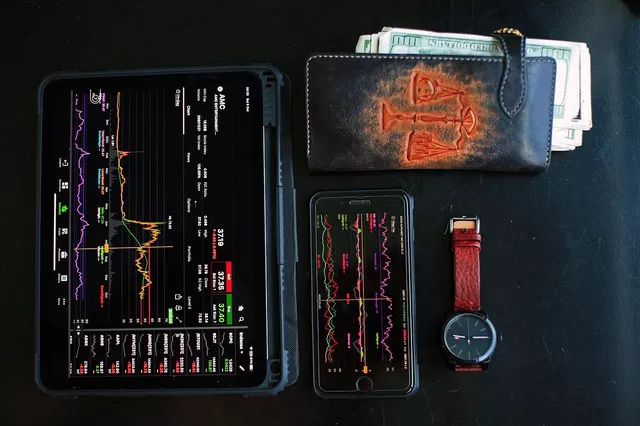Futures trading involves a range of concepts and terminologies that can seem complex to beginners. One such concept is mark price, which plays a vital role in determining the value of futures contracts. Understanding mark price is essential for effective risk management, profit calculation, and margin requirements. In this comprehensive guide, we will explore the fundamentals of mark price, its significance in futures trading, and how it is calculated. Whether you are new to futures trading or looking to enhance your knowledge, this guide will provide you with the necessary insights to navigate the world of mark price.
Understanding Mark Price in Futures Trading
Mark price serves as a reference point for determining the value of futures contracts. It represents the fair value of the contract at a specific point in time and is used for various purposes, including trading, settlement, and risk management. By understanding mark price, traders can make informed decisions and effectively manage their positions.
Definition and Purpose:
Mark price can be defined as the current fair value of a futures contract. It represents the price at which the contract would hypothetically trade in an orderly market without any disruptions or deviations from the prevailing market conditions. The purpose of mark price is to provide a standardized reference point for all market participants to assess the value of the contract.
Key Differences between Mark Price and Last Price:
It’s important to differentiate mark price from the last price. While the last price refers to the most recent price at which the contract traded, mark price takes into account additional factors to provide a more accurate representation of the contract’s value. These factors may include the underlying asset’s price, time to expiration, interest rates, dividends, and market volatility.
Factors Influencing Mark Price:
Several factors can influence the mark price of a futures contract. It’s essential to understand these factors to grasp the dynamics of mark price calculation accurately.
- Supply and Demand Dynamics: The balance between buyers and sellers in the market affects the mark price. Higher demand typically leads to a higher mark price, while increased supply can push the mark price lower.
- Interest Rates: Changes in interest rates can impact the mark price of futures contracts, especially those with longer durations. Higher interest rates generally result in lower mark prices, reflecting the opportunity cost of tying up capital.
- Market Volatility: Volatility in the underlying asset’s price can influence the mark price. Higher volatility often leads to wider bid-ask spreads and increased mark price fluctuations.
Calculating Mark Price
The calculation of mark price varies depending on the exchange and the type of futures contract. However, most exchanges use sophisticated pricing models and algorithms to determine the mark price accurately. While the specific details may differ, the underlying principle is to incorporate relevant market factors and ensure a fair representation of the contract’s value.
Exchange-Provided Formulas and Methods:
Exchanges typically provide information on the specific formulas and methods used to calculate mark prices. These formulas take into account various factors, such as the underlying asset’s price, interest rates, dividends, time to expiration, and implied volatility. It’s important for traders to familiarize themselves with the exchange’s methodology to understand how mark prices are derived.
Real-Time Market Data:
Accurate mark price calculation relies on real-time market data. Exchanges obtain data from various sources, including order books, trade execution data, and market participant quotes. This data is processed using advanced algorithms to calculate and update the mark price continuously.
Mark-to-Market Process:
Mark-to-market is a crucial process in futures trading that involves adjusting the position’s value based on changes in the mark price. This process occurs daily, ensuring that gains or losses are realized and margin requirements are maintained. Marking positions to market helps traders monitor their performance and manage risk effectively.
Conclusion
Understanding mark price is essential for success in futures trading. By grasping its definition, purpose, and calculation methods, traders can make informed decisions, manage risk efficiently, and assess the fair value of their positions. It’s crucial to stay updated with the exchange’s specific formulas and methods for mark price calculation to adapt to changing market conditions. With a solid understanding of mark price, beginners can navigate the complexities of futures trading with confidence and improve their overall trading strategies.


